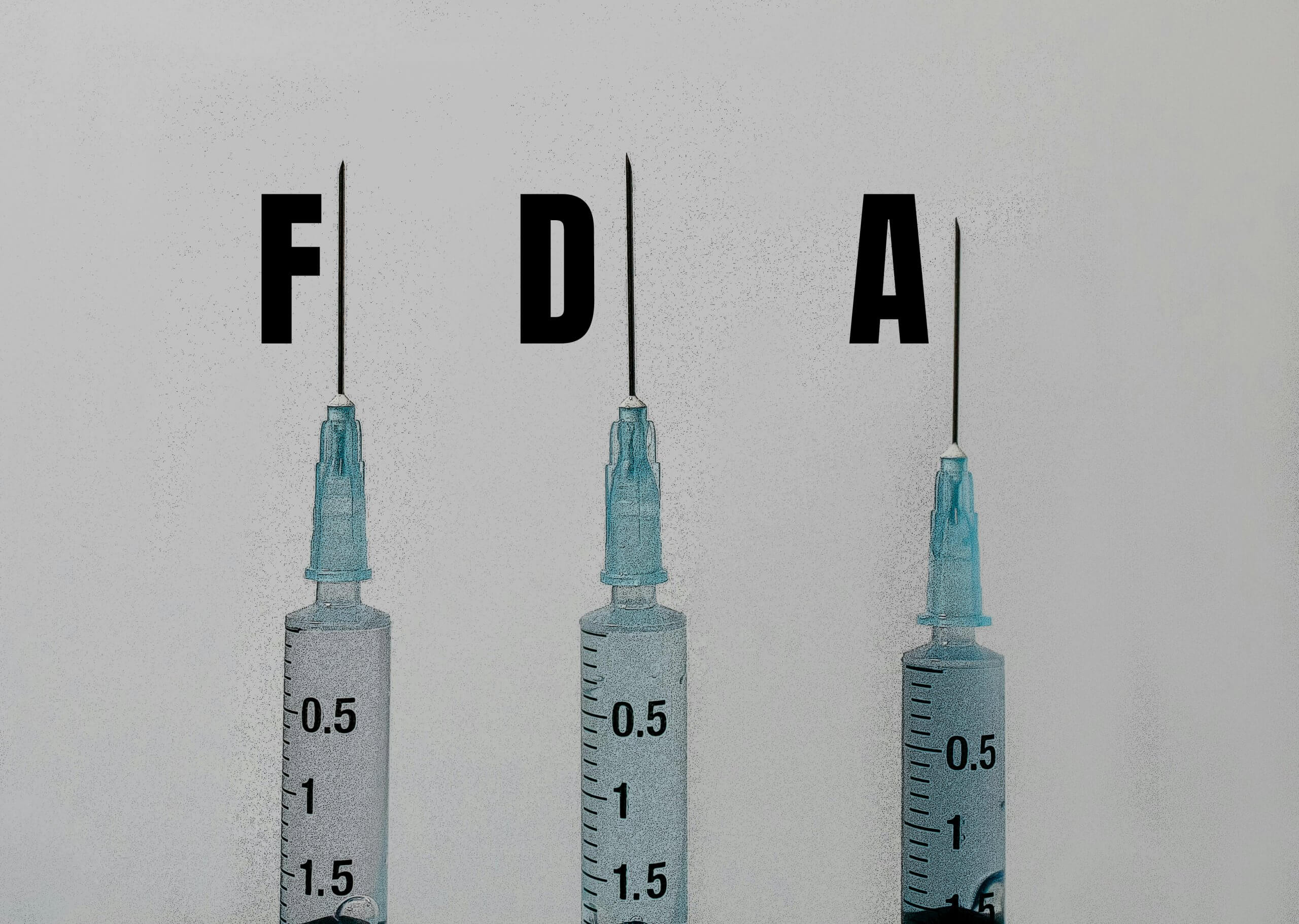
Redacted, Delayed, and Deceptive:
Is the FDA Hiding the Truth About Drug Rejections?
When a government agency claims it’s championing transparency, but then releases over 200 heavily redacted documents years after the fact. Documents that were never meant for public eyes. People should be asking one thing: What exactly are they trying to keep hidden?
This is the situation unfolding after the FDA released a batch of Complete Response Letters (CRLs), which are official notices sent to pharmaceutical companies when their drug applications are rejected. On the surface, the move seems progressive. It’s the first time the agency has attempted to centralize and share these letters, which list the deficiencies in a drug’s approval application. But the details buried, or in this case, blacked out, in the release suggest something else entirely: selective disclosure, inconsistencies in timelines, and a system that may be shielding industry mistakes from public accountability.
Take the example of Kyowa Kirin’s istradefylline, now marketed as Nourianz. The FDA included its 2008 rejection letter in this batch, despite claiming the release only covers letters issued between 2020 and 2024. Why? No explanation has been given. The drug, intended to help Parkinson’s patients manage “off” episodes, times when standard medications like levodopa stop working, was denied for over a decade before finally being approved in 2019. Why was it rejected in 2008? Safety? Efficacy? Manufacturing issues? We don’t know. The redactions in the letter are so extensive, they obscure the very rationale. What changed between rejection and eventual approval? We’re not told. But patients have been taking this drug since 2019. Should they have a right to know what concerns were once raised?
This isn’t an isolated case. Other drugs in the batch include treatments that faced serious initial pushback from the FDA. Some were denied over concerns of incomplete clinical trials, poor manufacturing practices, or lack of evidence that they even worked. And yet, those very same drugs are now on the market. This raises an alarming question: is it common for initially rejected drugs to make it through the approval process later without significant public disclosure? The answer seems to be yes.
Historically, CRLs have never been made public. There’s no law requiring pharmaceutical companies to disclose them. That means companies could spin or completely omit the reasons their drugs were denied, sometimes to investors, sometimes to patients. In fact, the FDA itself now admits that sponsors “often misrepresent the rationale behind FDA’s decision.” Let that sink in. The same government agency responsible for safeguarding the public’s health is saying drug makers routinely lie about why their products were rejected. And until now, there’s been no mechanism to fact-check them.
What’s even more troubling is what this release doesn’t include. It only covers CRLs for drugs that were eventually approved. Nothing is being revealed about drugs that were rejected and stayed that way, many of which may still be lingering in gray-market supply chains, or sold overseas, or repackaged and rebranded. If these products never received approval due to unresolved safety or efficacy concerns, could patients be unknowingly using them today in compounded forms, or even through shady online pharmacies? That opens the door to lawsuits, especially if the public learns that critical information about risk was deliberately withheld.
Even more chilling is the idea that some drugs may have been denied for serious reasons and still made it to market. There have been historical examples where sponsors sidestepped U.S. regulations by obtaining approvals in less stringent countries, or where formulations were modified just enough to qualify as “new.” If CRLs are now being released, however incompletely, it creates a legal paper trail. Plaintiffs’ lawyers will undoubtedly comb through these letters for discrepancies between what companies said publicly and what the FDA actually told them behind closed doors.
So is this release truly a step toward transparency, or a controlled leak meant to placate critics while still protecting industry interests? The redactions, the inconsistencies in timelines, and the lack of context make one thing clear: this is not a full reckoning. It’s a carefully calculated maneuver. And it begs a deeper question as to how much longer will the public tolerate being treated like an afterthought in a regulatory process that is supposed to protect them?
Because if the people responsible for evaluating the safety of our medicine can’t or won’t explain their decisions honestly and fully, then it’s not transparency. It’s damage control.
What Is the FDA Hiding?
The FDA just dropped over 200 rejection letters for drugs they once said no to but here’s the catch: they’re redacted, inconsistent, and only cover drugs that eventually got approved anyway. One letter is from as far back as 2008… but they claimed the release was only from 2020–2024.
Take the Parkinson’s drug Nourianz. It was denied in 2008, finally approved in 2019 but why the long delay? Safety issues? Poor data? We don’t know, because most of the letter is blacked out. And the FDA isn’t answering questions.
Worse: they now admit drug companies often mislead the public about why their drugs get rejected. And until now, there’s been no way for us to check.
So what about the drugs that were rejected and never approved, where are those letters? What’s still hidden? And are we taking meds today that were once deemed unsafe?
Transparency? Hardly. This feels more like damage control.
#FDA #BigPharma #DrugSafety #TransparencyNow #CRLs #Nourianz #PublicHealth
